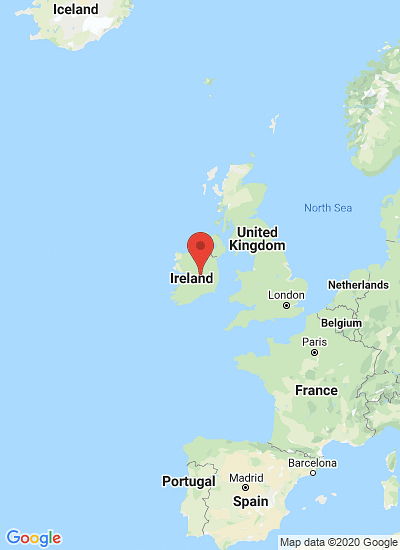What sort of bounty could possibly lie in piles of discarded potato peelings?
“We have been interested in by-products for quite a while now,” says Dr Nigel Brunton, a senior research officer with Teagasc who works with phytochemicals derived from plants. “They are mostly defence compounds the plants produce themselves that may have a beneficial effect for human health.”
Brunton and colleagues are currently looking for valuable chemicals in potato peels, which crisp manufacturers Largo Foods are only too happy to donate for the research.
The company produces around 30 to 40 tonnes of wet peel each week, and has to pay for its disposal, says Brunton. “So if we can do anything useful at all with the waste, that’s a good thing.”
Funded under the Department of Agriculture and Food’s Firm scheme, the scientists at Ashtown are starting to examine the peels for glycoalkaloid compounds, which can be toxic at high levels but have already proven their mettle when used as a topical treatment for skin cancer.
The project, which involves collaborators at University College Cork, will isolate glycoalkaloids from the potato waste and hopefully find some novel compounds in the process, explains Brunton.
Glycoalkaloids could also help farmers to ward off nematode (roundworm) pests, he says, noting that collaborator Peter Jones at UCC is working on this. “Nematodes are present as eggs in the soil and the glycoalkaloids basically cause the nematodes to hatch out,” explains Brunton. “So at a time when there are no potatoes growing there you apply the potato peel waste or the glycoalkaloid to the soil, causing the nematodes to hatch out, and they have no food source so they die.”
- News
- Potato Supply chain
- What's in potato...

July 16, 2009
Source
Like to receive news like this by email? Join and Subscribe!
Get the latest potato industry news straight to your WhatsApp. Join the PotatoPro WhatsApp Community!
Highlighted Company
Related News

January 15, 2026
SK Group Founder Sandip Thakkar honoured at the Global Potato Summit (GPS) 2025 as the 'Pioneer of Potato Export'
Sandip Thakker, Founder of SK Group, was honoured as 'Pioneer of Potato Export' at GPS 2025 for building export-ready infrastructure, contract farming, cold-chain systems and positioning India as a global, value-added potato supplier.
January 15, 2026
Fyllo Partners with HyFarm to Drive Precision Agriculture Revolution in India’s Potato Industry
Fyllo partners with HyFarm to bring IoT-based precision farming to India’s potato growers, offering real-time soil, climate insights and predictive advisories to boost quality, sustainability and profitability across the potato value chain.
January 15, 2026
Indian Potato Industry Excellence Awards highlight leadership and innovation at Global Potato Summit 2025
One of the standout highlights of the first day of the Global Potato Summit 2025 was the Indian Potato Industry Excellence Awards, a platform created to honor leadership, innovation and impact across India’s potato value chain.Latest News
Sponsored Content
Sponsored Content
Sponsored Content
Where
Sponsored Content





